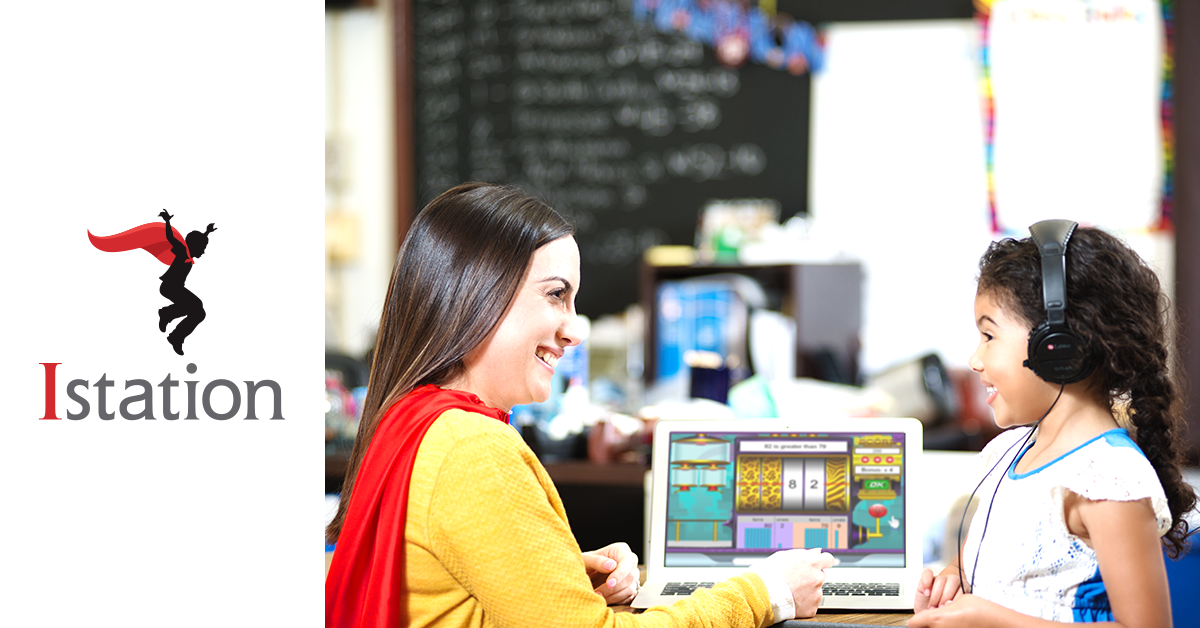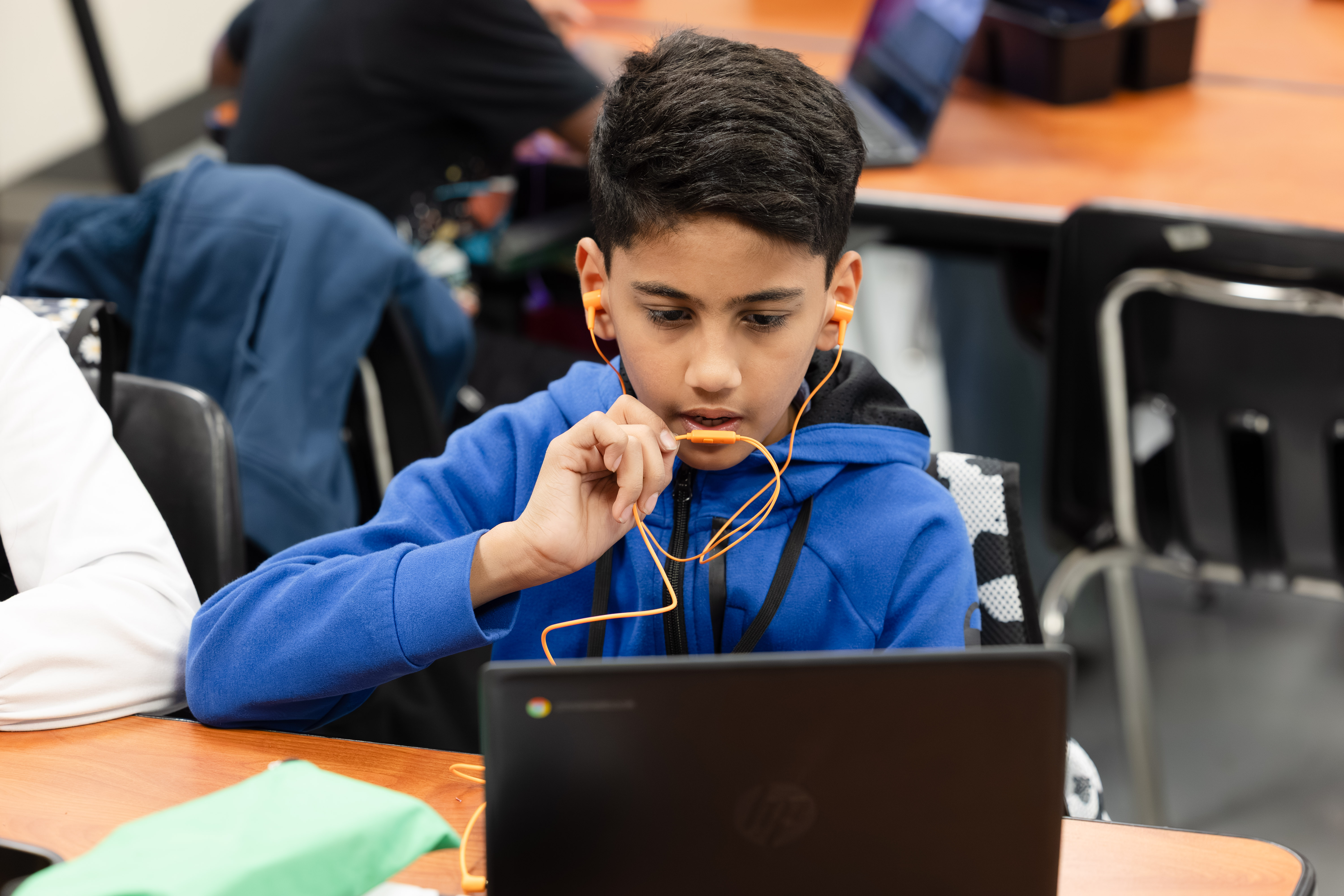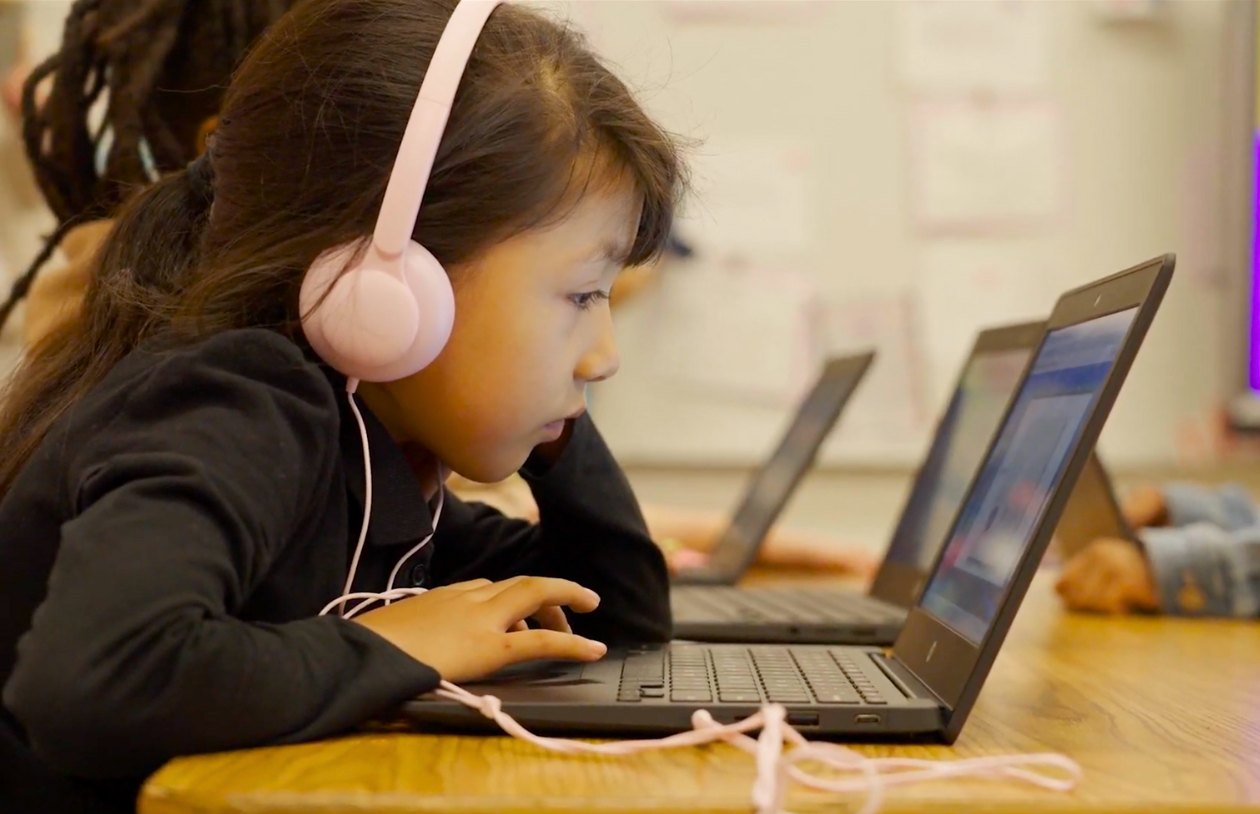Learning Languages in a Digital World: Adaptive Technology and Bilingualism

Every time someone finds out that I have worked in the field of bilingual education for more than 18 years, this is the question that always comes up: When is the best time to become bilingual? My answer is this: the best time is now!
And no, I’m not undermining the obvious advantages of learning a second language at an early age. I always respond that way because of the advantages available in our modern times. Today’s world of technology has created the perfect opportunity to embark on a path toward bilingualism and biliteracy.
From websites to downloadable apps, anybody who has access to a computer, tablet, or smartphone can begin to boost both receptive and productive skills in more than one language at any age. In fact, many digital resources are designed to walk learners through a natural experience that begins by targeting basic interpersonal communication skills. The level of difficulty increases gradually to allow the learner to achieve an ideal cognitive academic language proficiency when the digital tools are used with fidelity and consistency. However these linear paths going from basic to academic skills have been overtaken by what is known as: adaptive capability. This feature has really revolutionized the field of bilingual education.
Ten years ago I started working for an education technology company that developed computer adaptive reading programs for both English and Spanish elementary classrooms. At that time I thought I was really entering the future. What an incredible concept poised to impact education in the twenty-first century!
I am talking about a remarkable innovation that takes bilingualism from a mere language-acquisition experience to a new level of personalized second-language development. This means that each learner has an individualized path that unfolds through interaction with a tool that adapts to the specific skills and knowledge of the user. The idea is to create a learning experience unique to an individual’s own ability level.
In our current era, we’ve charted one of the most amazing demographic shifts because of a report in California that was used to establish First 5 California, an initiative to develop a Dual Language Learner Pilot program. This report gathered information on languages spoken at home in average family settings across California and the nation. We can no longer speak only of Spanish-dominant or English-dominant households because we now have an unprecedented increase in the number of dual-language homes.
In other words, American children today are exposed to bilingualism (English and Spanish) from birth to age 5 more than ever before. Therefore, the expectation is that the education system would be responsible for continuing this dual-language development. Many school districts are increasingly implementing dual-language and bilingual education programs that truly provide students with the support necessary to become bilingual and biliterate by the time they graduate from high school.
In my experience implementing dual-language programs across the United States, we follow a general rule to determine when the programs will be offered. When a group of 20 or more students of the same language background enroll in the same grade level, these children can be serviced through a special linguistic and culturally relevant education program: namely, a bilingual education approach. In most states, this rule has identified a majority of Spanish-speaking children who become eligible to attend this type of program. This is not a surprise because Spanish-speaking populations have become the fastest growing and largest group of English learners in the United States (NCLEA 2017 report).
As research continues to emerge, sequential and simultaneous bilingual education approaches are inundating our education systems in support also of the newly introduced “Seal of Biliteracy.” Recently passed by legislature in several states, this high school achievement rewards students who are proficient in both receptive and productive skills. In other words, they can listen, read, write, and speak in two languages.
This reality, coupled with the implementation of adaptive technology in the classrooms, has resulted in long waiting lists of students whose parents eagerly want them to take advantage of today’s perfect timing to become bilingual. This is why I insist: Becoming bilingual and biliterate has never been more possible than it is today!
Viviana Hall has more than 18 years’ experience in bilingual education. She began her teaching career in 1997 and later worked as a faculty member at several north Texas universities and higher education institutions, where she supervised the implementation of bilingual/ESL teacher training programs for both undergraduate and graduate students.
Viviana is a former academic director of Ana G. Mendez University System (AGMUS), and she has also served as the Texas Education Agency representative for the Local Campus Improvement Team. She is currently a national education consultant at Istation, where she has been instrumental in the development of Istation’s Spanish products.
...
To learn how adaptive technology supports learning in bilingual classrooms, watch Viviana's webinar, "Authentic Spanish Literacy Instruction and Dual Immersion Using Adaptive Technology."
Read more from the AI & The Reading Brain Blog


.avif)
